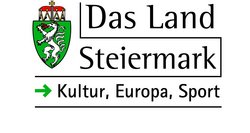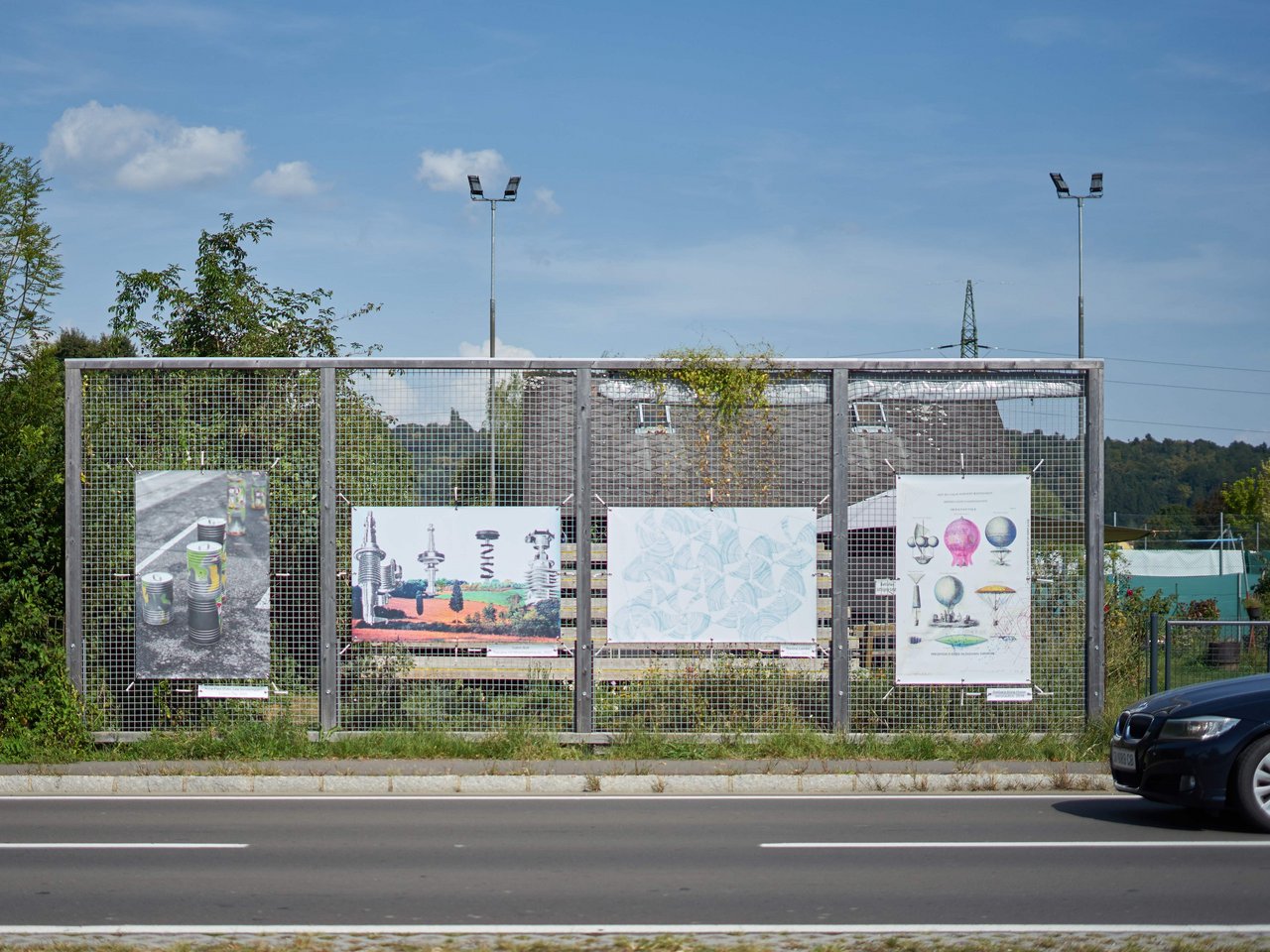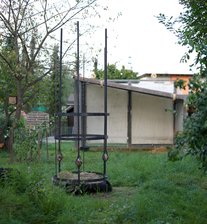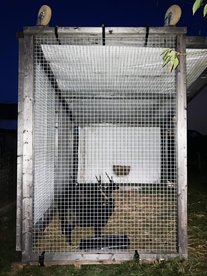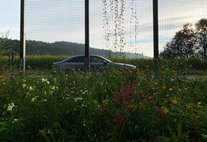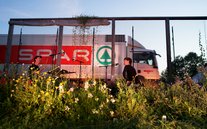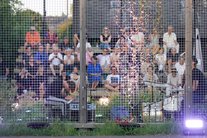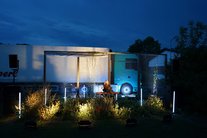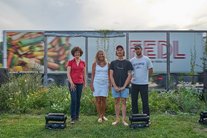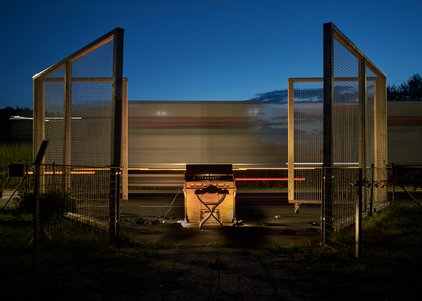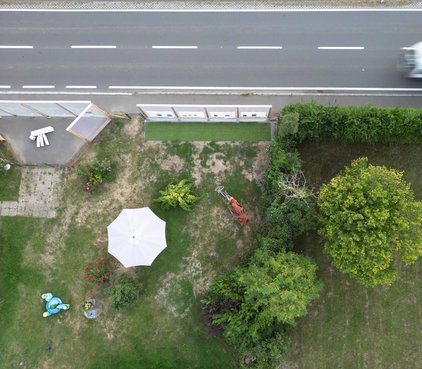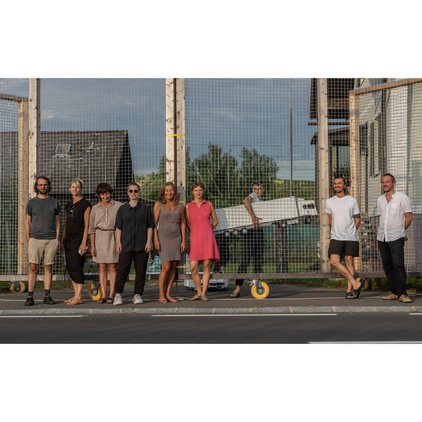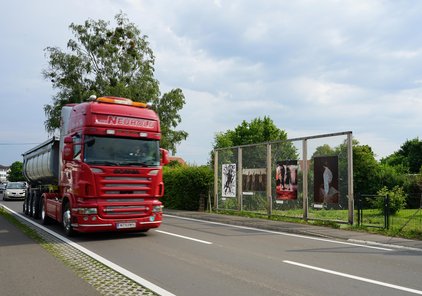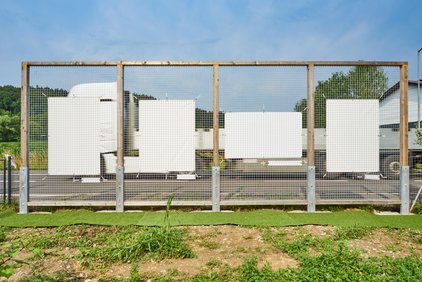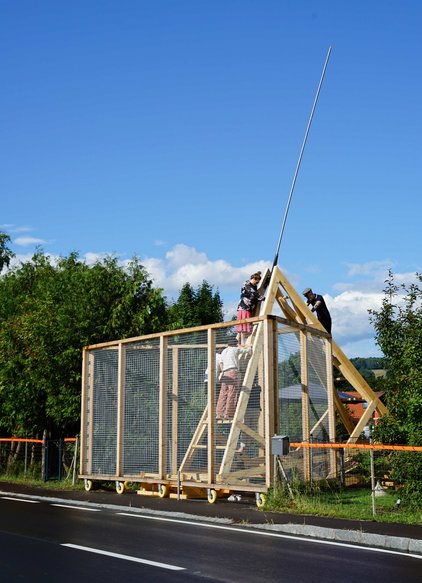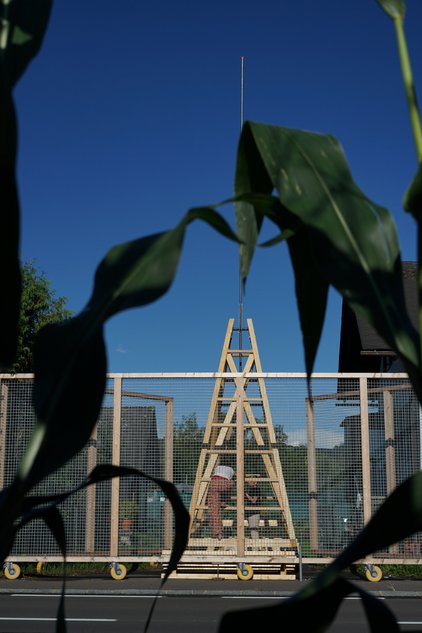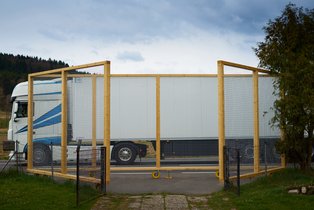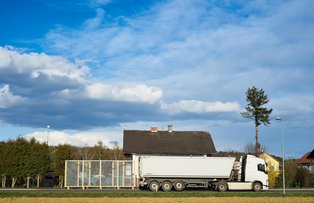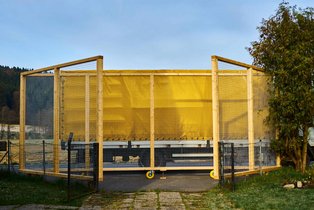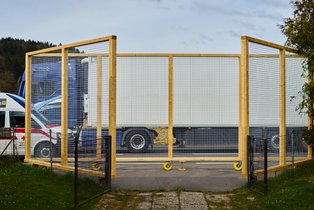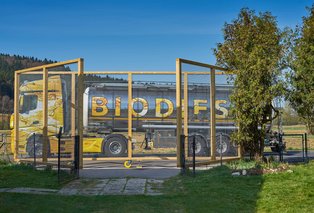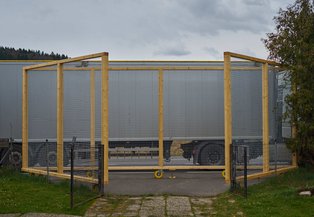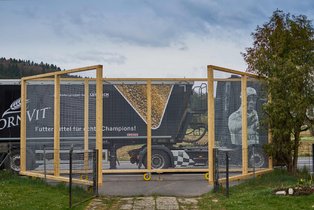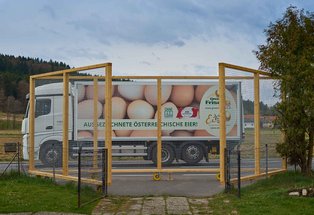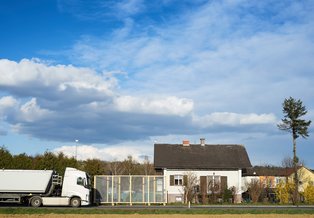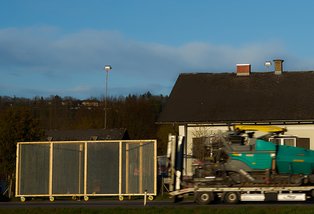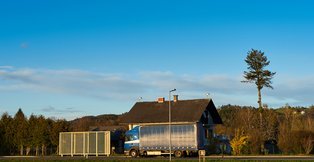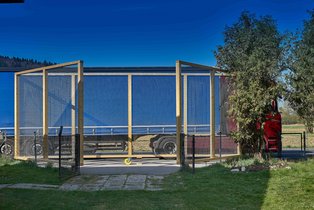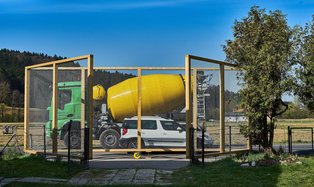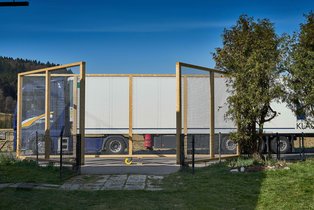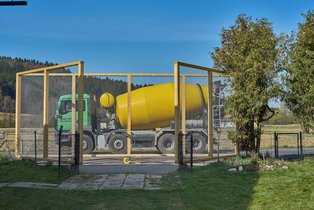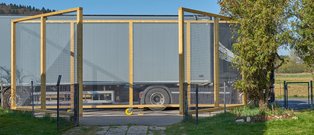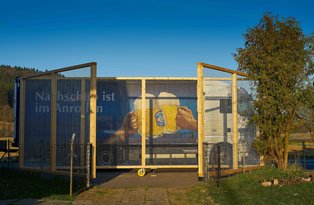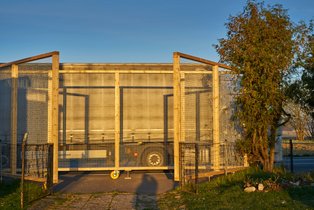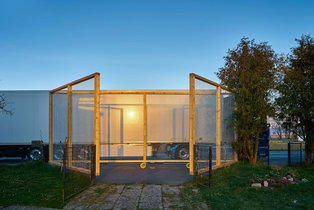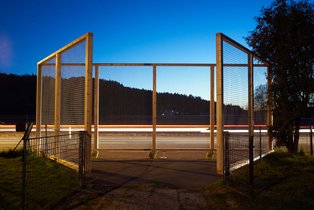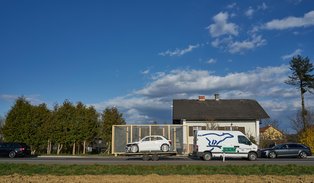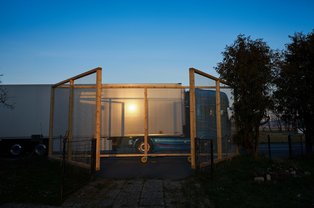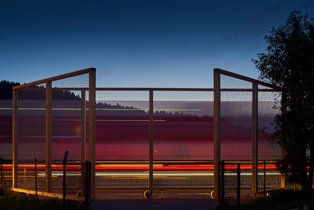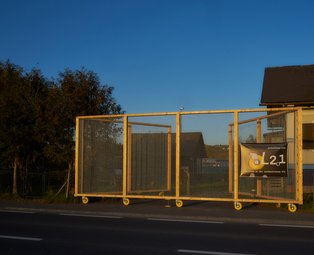L201 25 4
From 4.10.25 to 31.12.25
The banners will be seen by more than one million passing drivers.

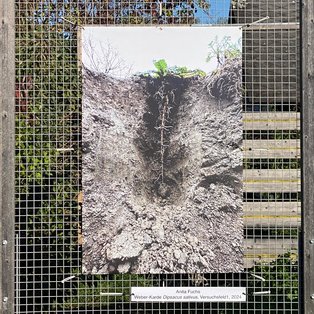
Weber-Karde Dipsacus sativus, Versuchsfeld1, 2024
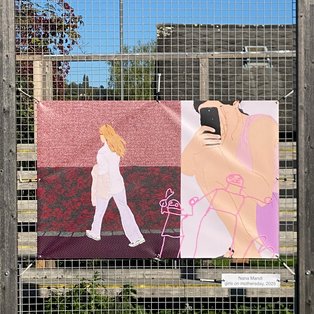
girls on mothersday, 2025
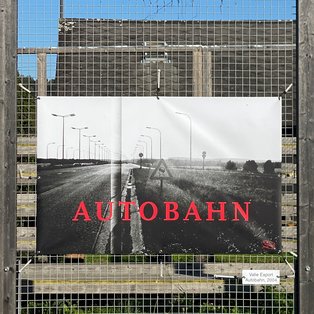
Autobahn, 2004

L201 Outsiders 2025
L201 25 3
From 9.7.25 to 4.10.25
The banners will be seen by more than one million passing drivers.


Object Yet to Become #14, 2018

Glare (Ausschnitt), 2024
Foto: Sophie Pölzl

Lichthöhe, Filmstill, 2020-2022
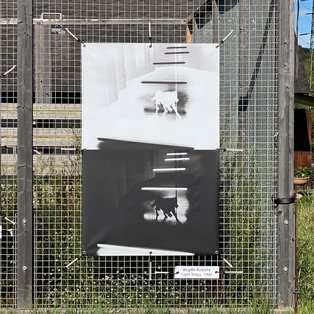
Light Steps, 1990
L201 25 2
From 13.4.25 to 9.7.25
The banners will be seen by more than one million passing drivers.


(es geht bergauf), 2025
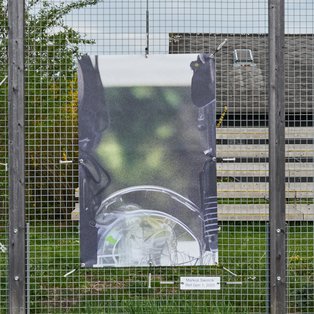
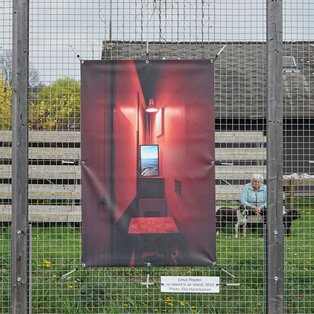
Photo: Elis Hannikainen

L201 25 1
From 15.1.25 to 13.4.25
The banners will be seen by more than one million passing drivers.
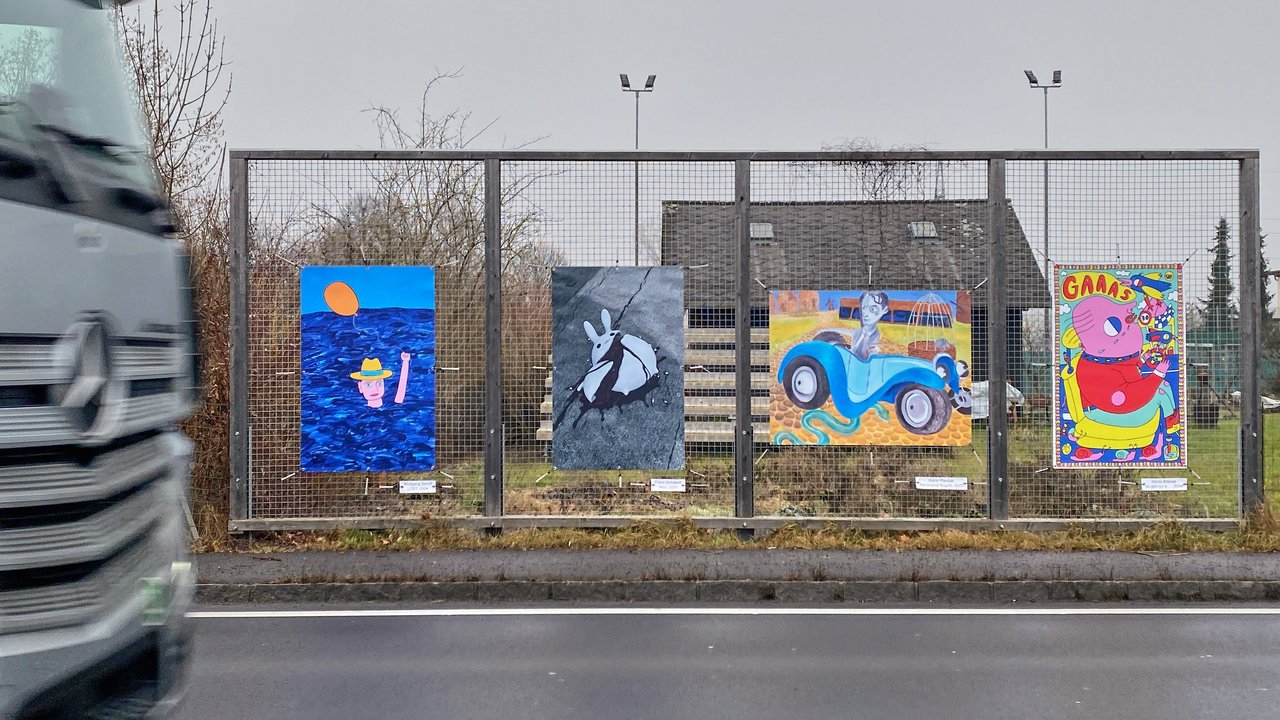

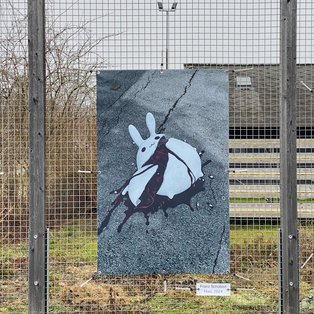

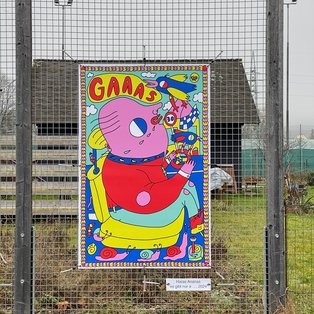
L201 24 4
From 15.10.24 to 1.1.25
The banners will be seen by more than one million passing drivers.
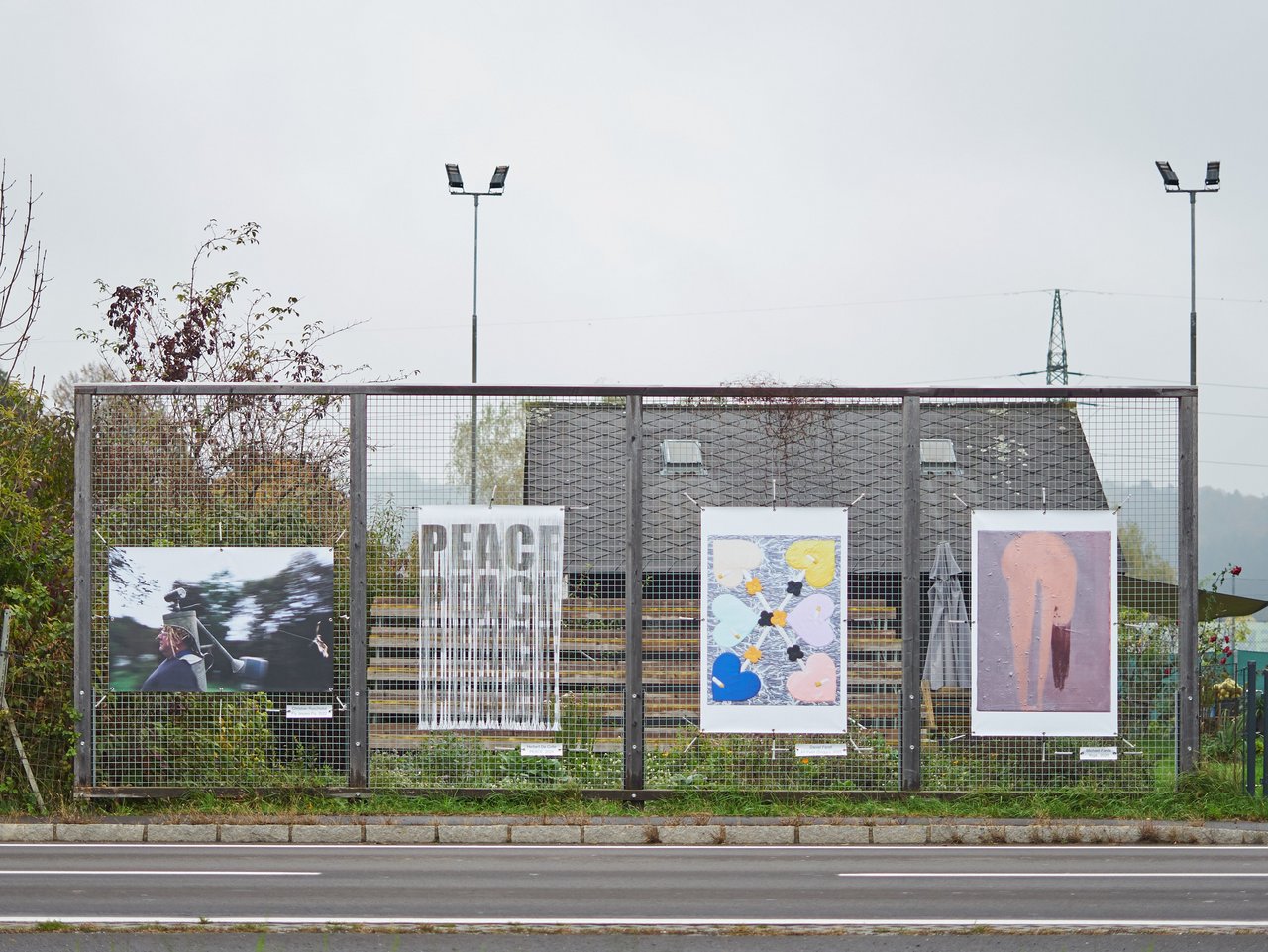

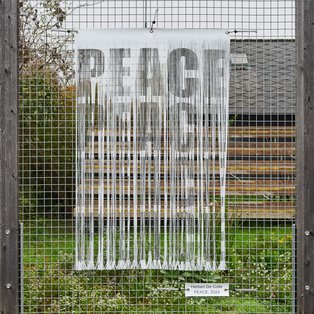


L201 24 3
From 12.8.24 to 15.10.24
The banners will be seen by more than one million passing drivers.
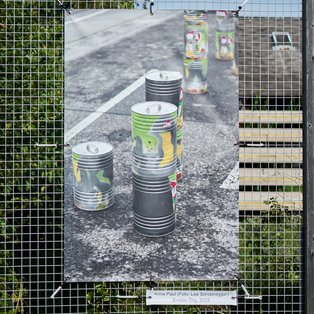
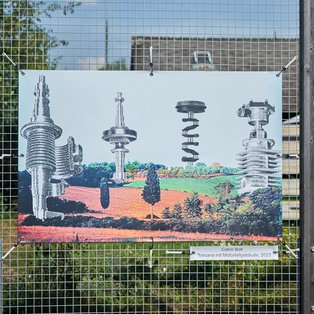
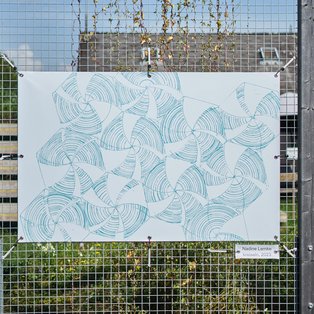
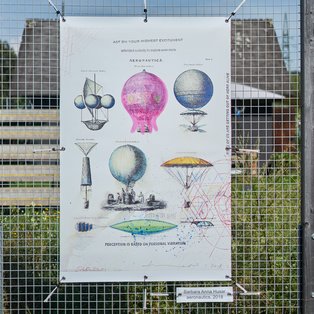
L201_CARE 2024
Studenzen, a cadastral community of around 700 inhabitants in the district of Southeast Styria, approximately 30 kilometers east of Graz, is located along Landstrasse 201 (State Road 201), which today carries the majority of commuter and express traffic—around 22,000 cars and trucks every day. Directly on this road at No. 99 stands Alfred Lenz’s home, built in the 1970s to meet the family’s needs. Lenz has been using the outbuilding as an experimental recording studio since 2007 and attached a storage tent to the garage in 2017.
Since 2021, in cooperation with the Institute for Art in Public Space Styria, he has been developing a specific art production field under the title L201, transforming the approximately 28 m 2 -large entrance and exit area in front of his home—a non-place in the archetypal sense—into an exhibition space. A semi-transparent structure obscured the separation between the private and public realms, crossing the boundaries between architecture, design and art. As a permeable backdrop, a three-wing, adjustable metal grid installation developed an art space and stage that can always be more, stripped of any unambiguity, to open the character of the provisional and changeable as an idea of the possible. Based on his interest in the strategic transformation of non-places, Lenz does not ignore the surroundings, but rather breaks through real and imaginary fences and barriers erected due to increasing exclusion and withdrawal tendencies to establish fields of dialogue instead. With the involvement of all road users, the exhibitions, performances, and concerts enable investigations of the world.
To that effect, L201 was further developed in 2022 and utilized as a venue. The thujas next to the art space were removed and replaced with a metal grid wall eight meters wide and four meters high. This wall thus becomes an advertising space or, better said, an alternative to advertising billboards on highly frequented roads. By displaying banners designed by artists, the potential of countless passing vehicles is used to convey artistic messages without having to meet capitalist demands.
In 2023, the art space was extended to the opposite side of the street by means of a stair-like sculpture built by Hans Schabus in the form of a grandstand, thereby making an additional setting accessible. A temporary speed limit of 30 km/h opened axes of vision, action and concentration that once again question private and public space and allow them to react to one another.
In 2024, another metamorphosis is taking place: The screen-like metal grid walls in the driveway will mutate into a cow shelter and be placed on the other side of the house. Additional objects will arise there, such as a drinking trough, a manger and a fence, which are both sculp-turally legible and usable for the animals. The artist Lukas Weithas, who has many years of experience as a herdsman and dairyman on a Swiss alpine pasture, will look after the animals.
On the front side, opposite the continuous metal grid wall, now on the inside of the property, is Hans Schabus’s grandstand, which was built in 2023. From here the view is directed over a biodiverse field, designed by Gabriele Sturm and serving as a stage for performances, concerts and activities, to the street behind it.
The artist will regularly examine the vegetation and soil, carry out analyses based on conversations with neighbors, and observe and accompany the newly emerging vegetation on the ground. Flora and fauna become the protagonists of the project in their autarchy and in juxtaposition to the habitat cultivated by humans.
Under the title CARE, Gabriele Sturm, Lukas Weithas and Alfred Lenz will visibly raise questions about cycles, welfare, care, cooperation, worries , dependencies, nature and culture in an eleven-day action on this small farm that has fallen out of time.
Elisabeth Fiedler
Care 1.8.24 - 11.8.24
Performances: Kurt Strohmeier, Jung an Tagen, Scarabeusdream, Gischt
L201 24 2
From 20.4.24 to 31.7.24
The banners will be seen by more than one million passing drivers.
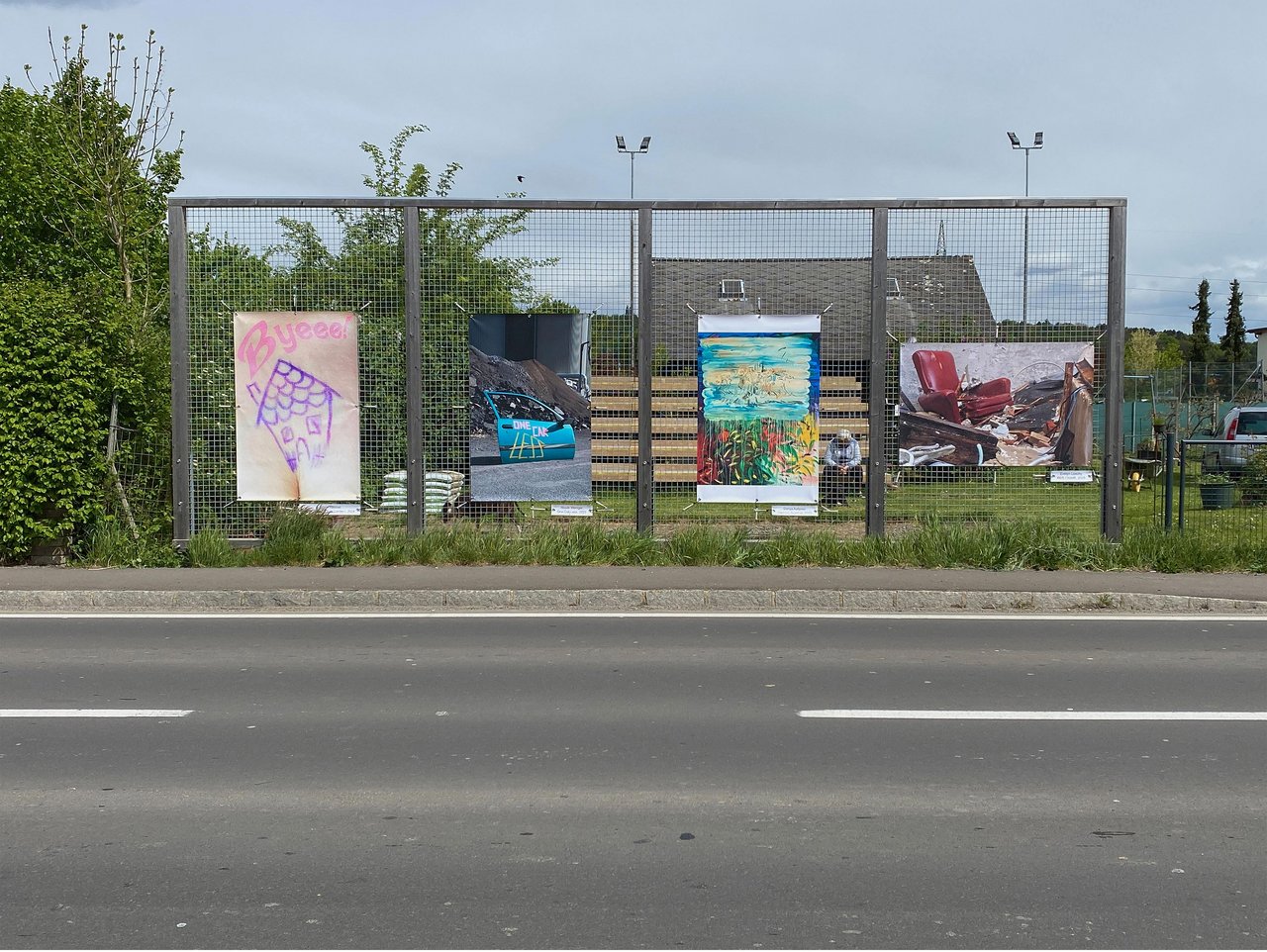
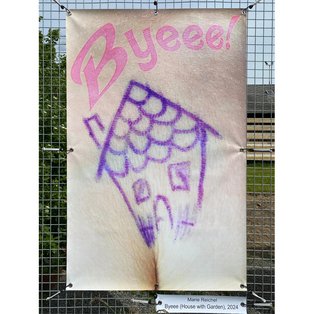
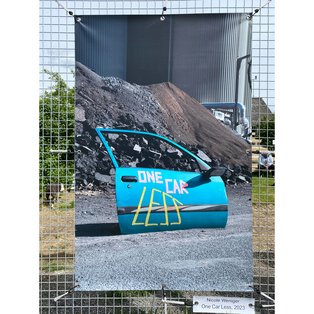


L201 24 1
From 25.1.24 to 20.4.24
The banners will be seen by more than one million passing drivers.

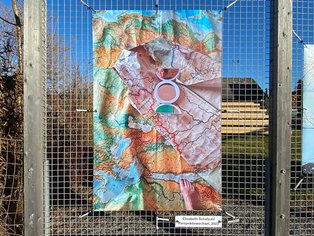
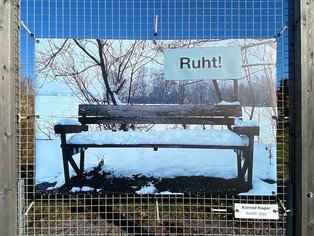

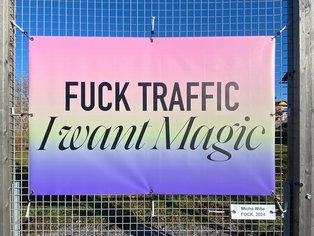
L201 23 4
From 1.10.23 to 31.12.23
The banners will be seen by more than one million passing drivers.



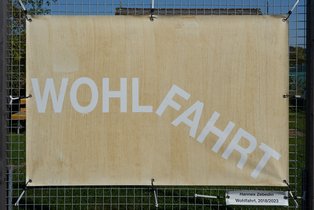
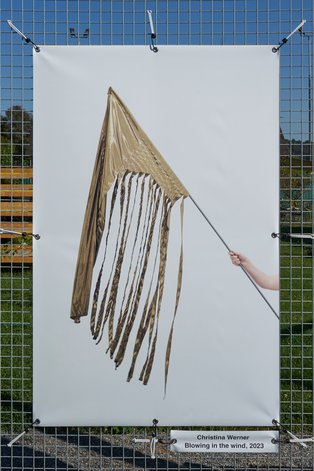
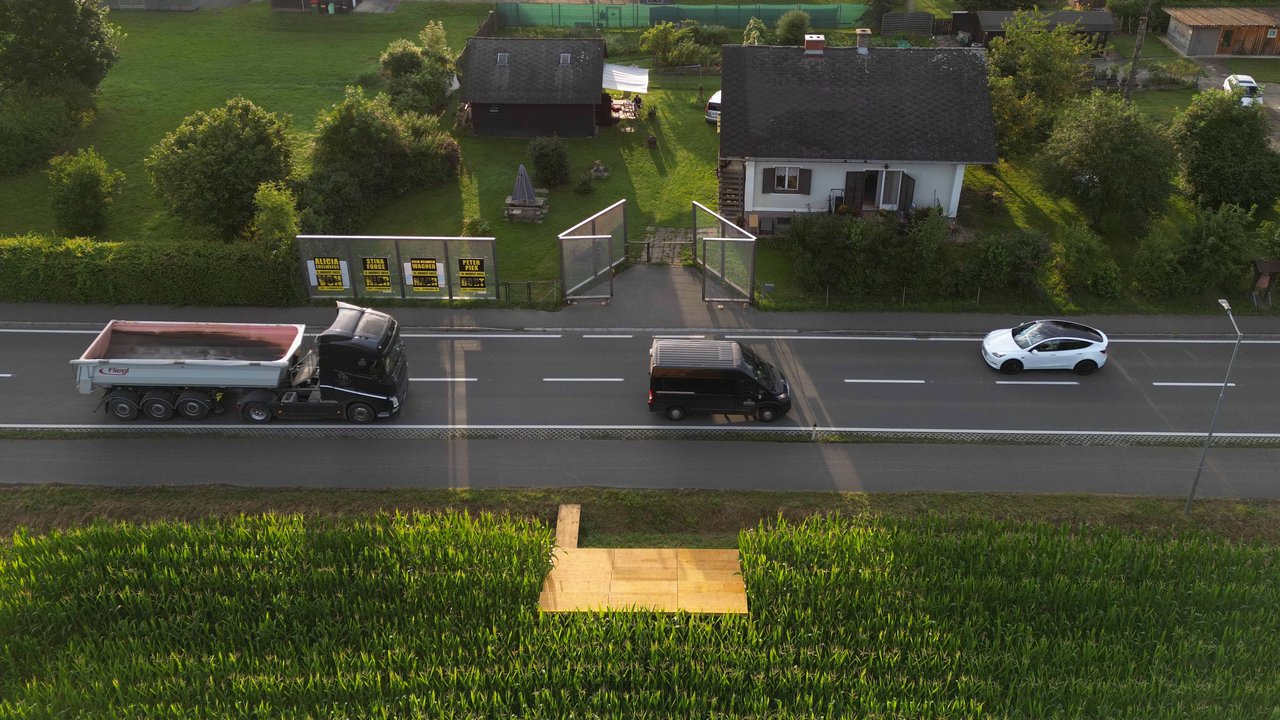


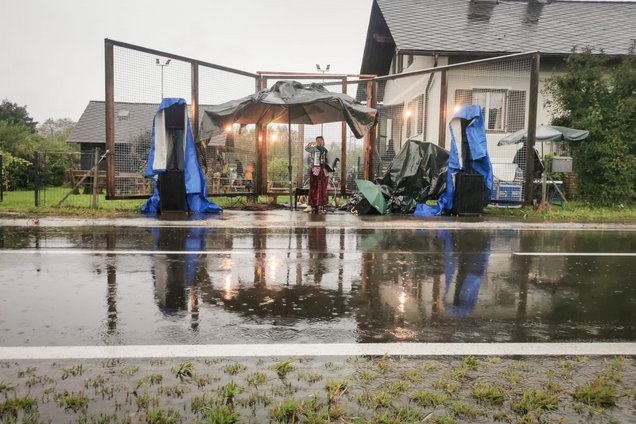
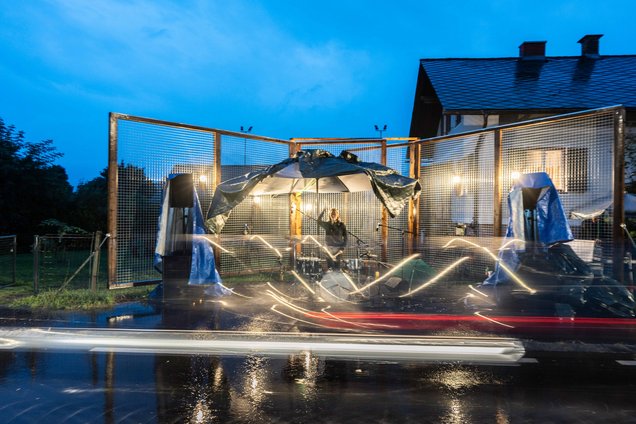
©David Kranzelbinder
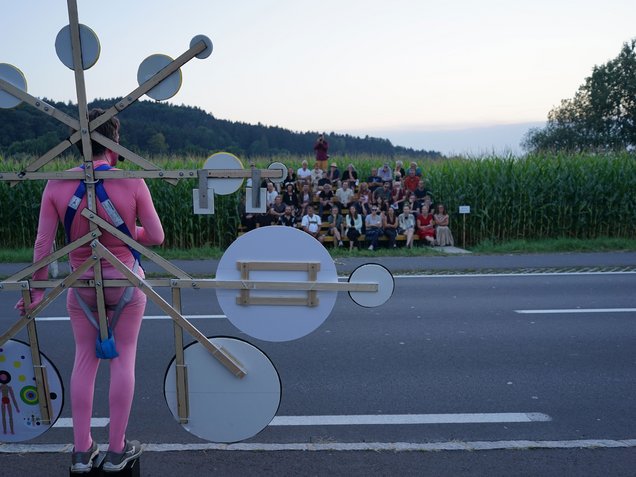
performance premiere on 15.8.23
©Serag
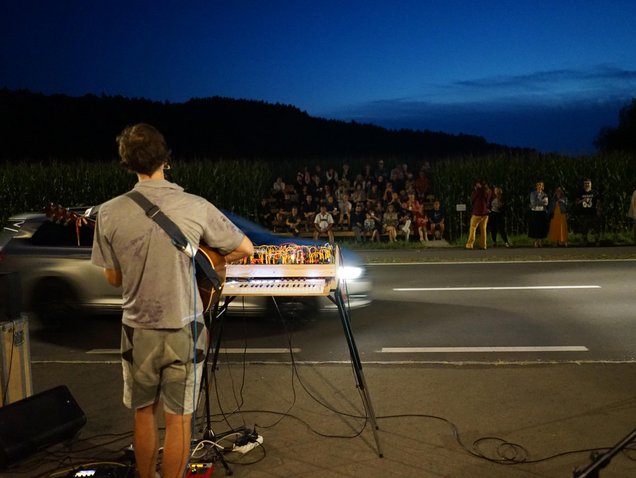
©Serag

Hans Schabus
From Here to There 2023
From Here to There grabs you by the shoulders and spins you around a few times. When you open your eyes and manage to refocus, you find yourself in a green field, slightly disoriented. It reminds you of that feeling of somehow floating in the air above yourself, watching your own movements. Only now you are floating in corn.
Someone once told me that the real centre of a composition should never be in the middle of that composition. It should always be a little off. By placing his intervention a few metres away from the main action, Hans Schabus expands the whole image. A single yellow spot in the cornfield creates a slight imbalance and at the same time makes the visitor aware of everything around them.
By moving his observation tower to the other side of the country road 201, Schabus adds another dimension to the scenery. We, the spectators, are located in the cornfield. With our bodies and gazes facing the other side of the busy road, everything in front of us turns into a stage. The street is not simply a street any more, it's a proscenium, a portal between the audience and the arena. Cars and trucks with their brightly printed tarpaulins play a slideshow of moving images, a camera film of negatives, one after the other. On the other side, L201's main feature - its movable wall elements - is transformed into a curtain. But not the heavy one we know from the theatre with its velvet drapes. This one is transparent and we can see through it. We can see the roofs of the houses, the parasols, the layers of garden fences fading into the background - they are all part of this scenery. The transparency of the curtain is interrupted only by four yellow posters, which give us a small clue as to why we are here. The 28 m² entrance area between the busy street and Alfred Lenz's house, caught between public and private, between non-space and home, is transformed into a concert venue as part of the 2023 HochSommer festival.
And as we sit here on our side of things, enjoying the concert, we begin to notice more and more details. Being placed outside the centre of the main action, our senses seem to be sharpened. All the distractions around us begin to feel intentional, as if they had all been planned. The crowns of the surrounding trees now appear as dancers, following their own choreography. The passing vehicles are no longer an unwelcome interruption, every sound is part of a script. We begin to ask ourselves: who are the actors in this play and who are the spectators? The artists in front of us perform from their island, framed between two brackets. We look at them as they look at us. We look at each other from two sides of the earth, cut in half by the country road 201.
We decide to turn around and behind our backs we see hundreds of corn plants stepping from one foot to the other, swaying their heavy heads to the rhythm of the song. The song of hundreds of crickets that we suddenly hear as if they had not been there until now. We find ourselves in between. Between two sides, two perspectives, two horizons, two journeys, two play scripts. Where is Here and where is There? And while we ponder this with our chins tucked between our thumbs and pointy fingers, Hans Schabus offers us a place to sit and slow down for a moment. A place to look around and let the surroundings look at us.
Text: Monika Georgieva
Hans Schabus
Von Hier nach Dort 2023
Von Hier nach Dort greift dich an den Schultern und dreht dich ein paar Mal im Kreis. Wenn du die Augen öffnest und deinen Blick wieder fokussieren kannst, findest du dich leicht desorientiert in einem grünen Feld wieder. Es erinnert dich an das Gefühl, irgendwie in der Luft über dir selbst zu schweben und deine eigenen Bewegungen zu beobachten. Nur jetzt schwebst du im Mais.
Jemand hat mir einmal erzählt, dass das eigentliche Zentrum einer Komposition nie im Mittelpunkt dieser Komposition liegen sollte. Es sollte immer etwas abseits liegen. Indem Hans Schabus seine Intervention einige Meter vom Hauptgeschehen entfernt platziert, erweitert er das gesamte Bild. Ein einziger gelber Fleck im Maisfeld schafft ein leichtes Ungleichgewicht und macht die Besucher*innen gleichzeitig auf alles rund um sie aufmerksam.
Schabus setzt seinen Aussichtsturm auf die andere Seite der Landstraße 201, fügt der Szenerie damit eine weitere Dimension hinzu. Wir, die Zuschauer*innen, befinden uns im Maisfeld. Mit unseren Körpern und Blicken auf die andere Seite der stark befahrenen Straße gerichtet, wird alles vor uns zur Bühne. Die Straße ist nicht mehr einfach nur eine Straße, sie ist ein Proszenium, ein Portal zwischen dem Publikum und dem Spielfeld. Autos und Lastwagen mit ihren bunt bedruckten Planen spielen eine Slideshow aus bewegten Bildern, ein Kamerafilm mit Negativen, eines nach dem anderen. Auf der anderen Seite verwandelt sich das Merkmal von L201 – die mobilen Wandelemente – in einen Vorhang. Aber kein schwerer Samtvorhang, wie wir ihn aus dem Theater kennen. Dieser ist transparent und wir können durch ihn hindurchsehen. Wir sehen die Dächer der Häuser, die Sonnenschirme, die Schichten von Gartenzäunen, die im Hintergrund verschwinden –sie alle sind Teil dieses Bühnenbilds. Die Transparenz des Vorhangs wird einzig durch vier gelbe Plakate unterbrochen, die uns einen kleinen Hinweis darauf geben, warum wir hier sind. Der 28 m2 große Eingangsbereich zwischen Straße und Haus von Alfred Lenz, gefangen zwischen öffentlich und privat, zwischen Nicht-Raum und Zuhause, wird im Rahmen des HochSommers 2023 in einen Konzertort verwandelt.
Und während wir hier auf unserer Seite des Geschehens sitzen und das Konzert genießen, beginnen wir immer mehr Details wahrzunehmen. Weil wir uns nicht im Zentrum des Spektakels befinden scheinen sich unsere Sinne zu schärfen. All die Ablenkungen um uns herum wirken plötzlich gewollt, so als wären sie alle geplant. Die Kronen der umliegenden Bäume erscheinen nun als Tanzfiguren, ihrer eigenen Choreografie folgend. Die vorbeifahrenden Autos sind keine unerwünschte Störung mehr, jeder Laut ist Teil des Skripts. Wir beginnen uns zu fragen: Wer sind die Akteur*innen in diesem Stück und wer die Zuschauer*innen? Die Künstler*innen vor uns performen von ihrer Insel aus, eingefasst zwischen zwei Klammern. Wir schauen sie an, während sie uns anschauen. Wir betrachten einander von zwei Seiten der Erde aus, von der Landstraße 201 in zwei Hälften geteilt.
Wir beschließen, uns umzudrehen, und hinter unserem Rücken entdecken wir Hunderte von Maispflanzen, sie stampfen von einem Fuß auf den anderen und bewegen ihre schweren Köpfe im Rhythmus des Liedes hin und her. Das Lied hunderter Grillen, die wir plötzlich hören, als wären sie bisher nicht da gewesen. Wir befinden uns dazwischen. Zwischen zwei Seiten, zwei Perspektiven, zwei Horizonten, zwei Reisen, zwei Bühnen. Wo ist Hier und wo ist Dort? Und während wir darüber nachdenken, mit unserem Kinn zwischen Daumen und spitzen Fingern, bietet uns Hans Schabus einen Ort an, an dem wir uns hinsetzen und für einen Moment Tempo herausnehmen können. Ein Ort, an dem wir uns umschauen können, und an dem die Umgebung uns ansieht.
Text: Monika Georgieva
L201 23 3
From 15.7.23 to 30.9.23
Because of the exhibition "From here to there" by Hans Schabus,
the banners will hang on the inside of the wall for the first few weeks.

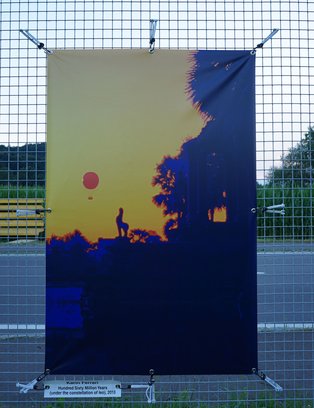


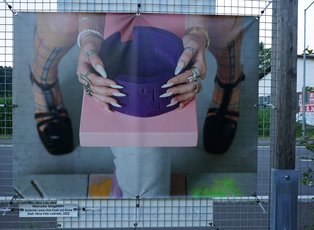
Photo: Andrej Peunik / MGML
L201 23 2
From 15.4.23 to 15.7.23
The banners will be seen by more than one million passing drivers.
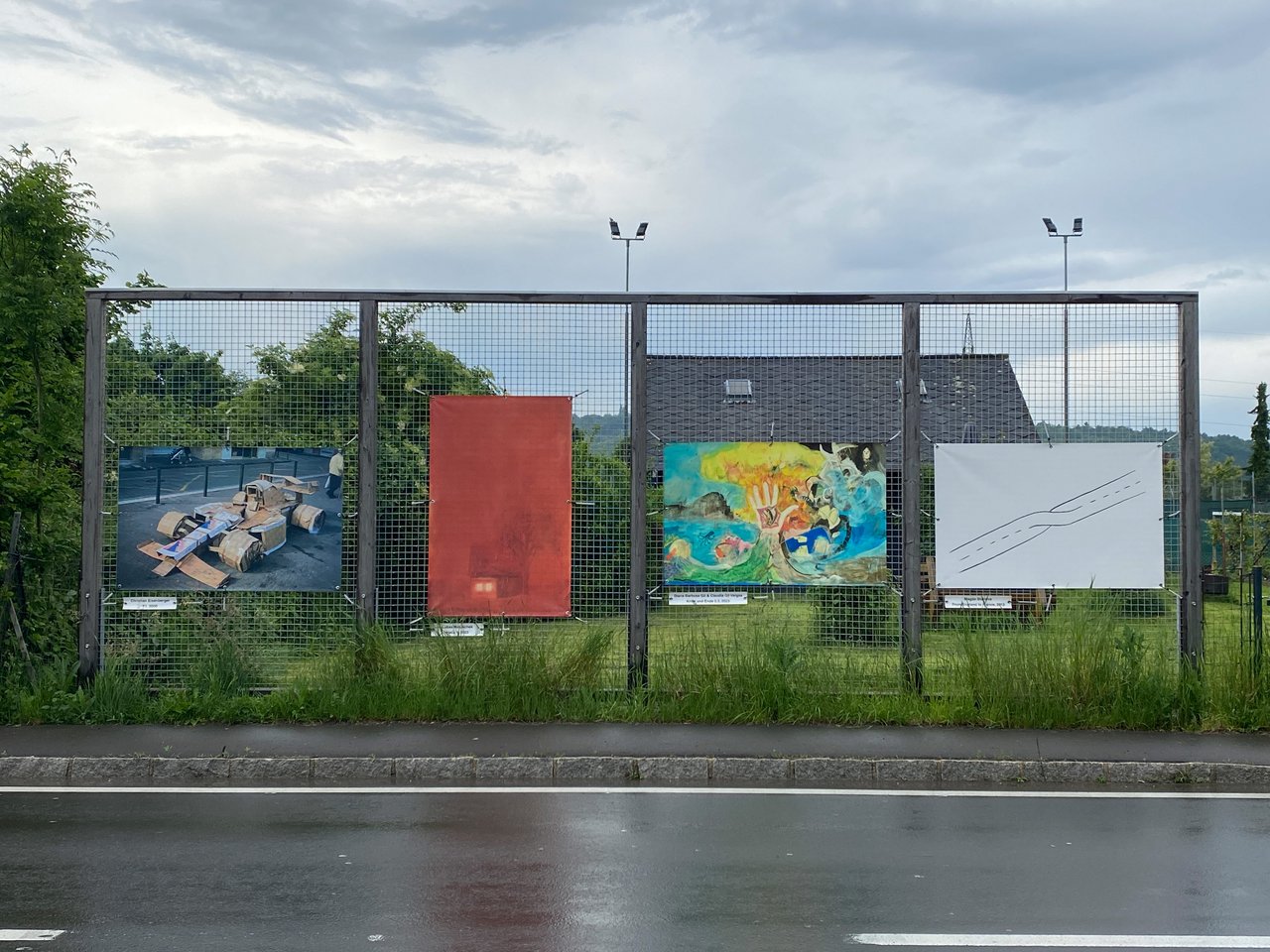
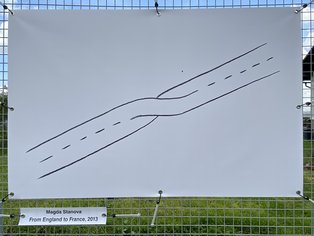
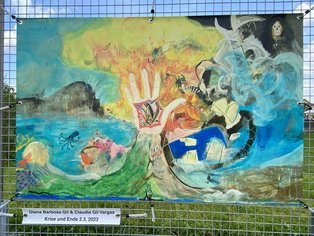
Krise und Ende 2.3, 2023
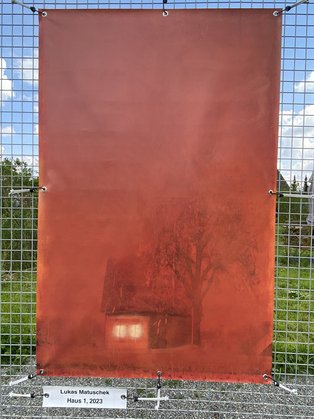

L201 23 1
The first exhibition at Kustraum L201 this year shows four banners by four artists.
During the runtime from 1.2.23 to 15.4.23 it will be seen by more than one million passing drivers.
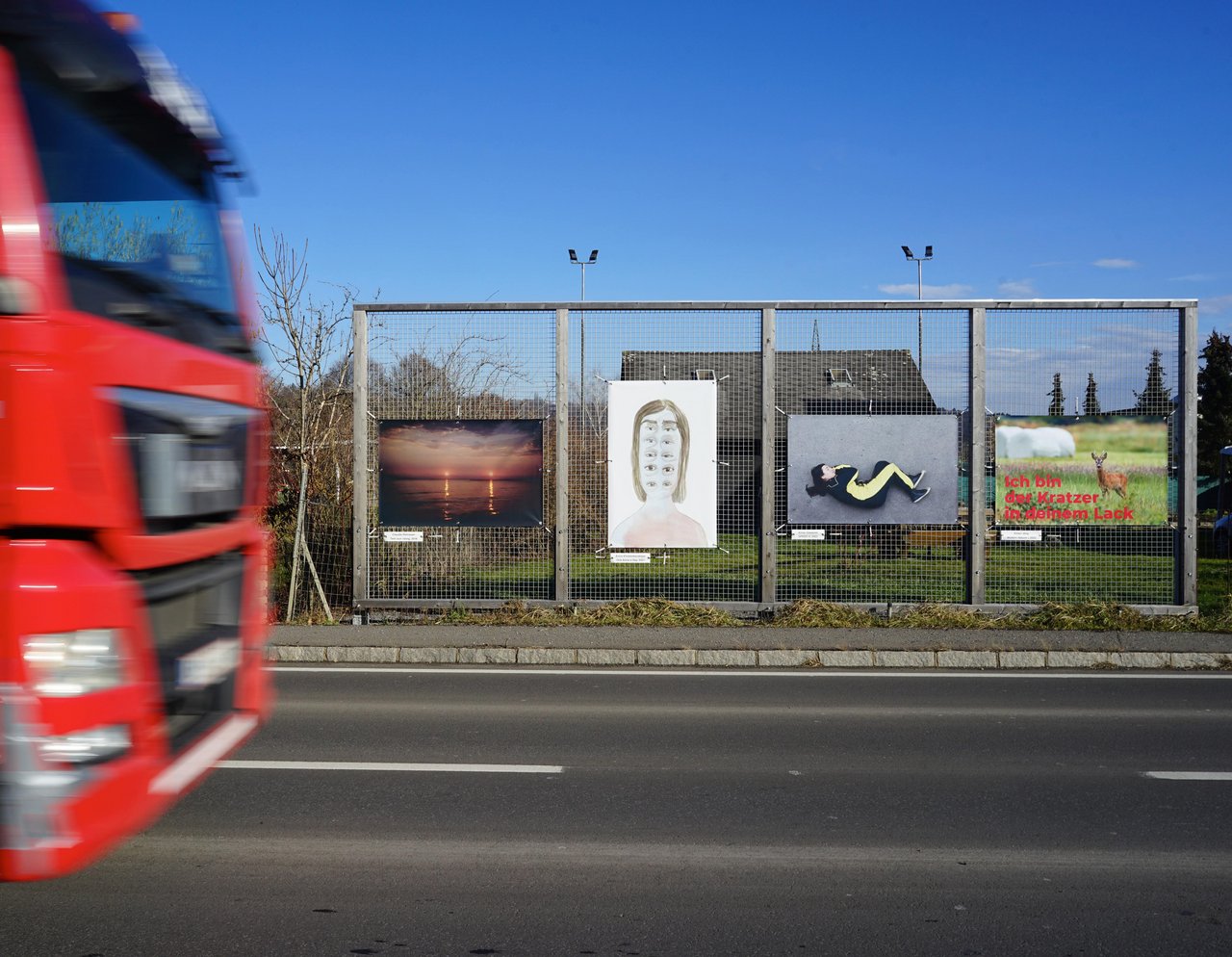
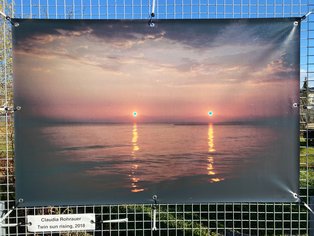

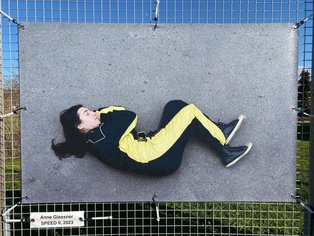

L201 22 3
On Saturday, September 3, from 17:00 to 23:00, Kunstraum L201 will become a festival setting for the first time. The works on display range from sound installations to performances and concerts of various musical genres.
with: Andreas Trobollowitsch, Daniel Hafner, Valerie Holfeld und Judith Raupp aka Holi/Raupe, Karl Salzmann, Piano Feedback Distortion, Ronja Klug, Klaus Lang
L201 22 2
6 to 14.August 2022
with Arnold Berger, Gabriele Edelbauer, Aldo Giannotti, Daniel Hafner,
Marlene Hausegger, Maria Grün, Markus Hiesleitner and Malek Gnaoui, Mira Klug
L201 22 1
Our first exhibition at Kunstraum L201 this season is on the road.
We show four Ukrainian artists who still live in their home country.
From left to right:
Taras Kovach (UKR) "09.04.2022", 2022
Kateryna Aliinyk (UKR) "Medical and political fantasy about Luhansk", 2021
Olesia Trofymenko (UKR) "Noise", 2014
Vadym Kharabaruk (UKR) "Сounterpoise", 2013
The exhibition can be visited from 17.6 to 4.8. 2022.
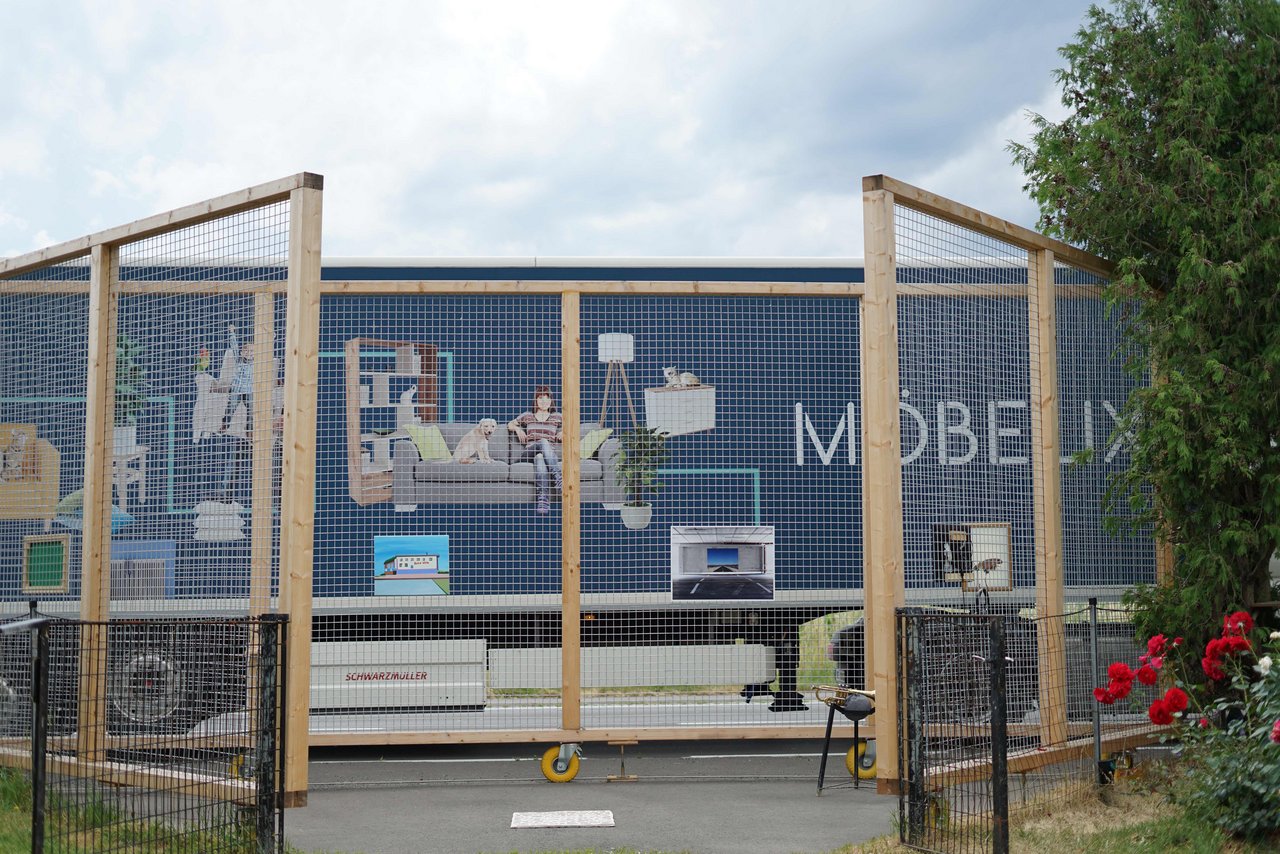
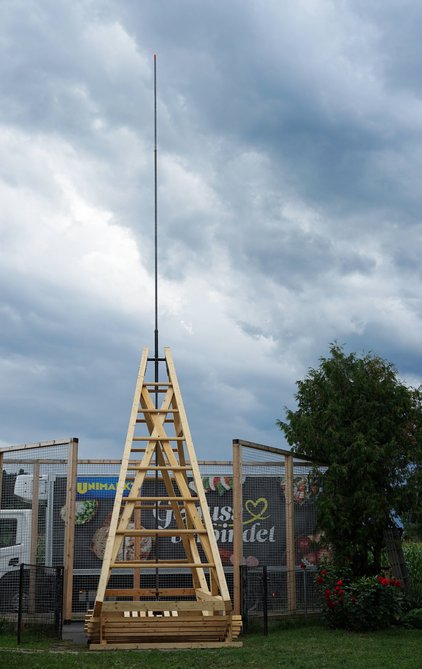
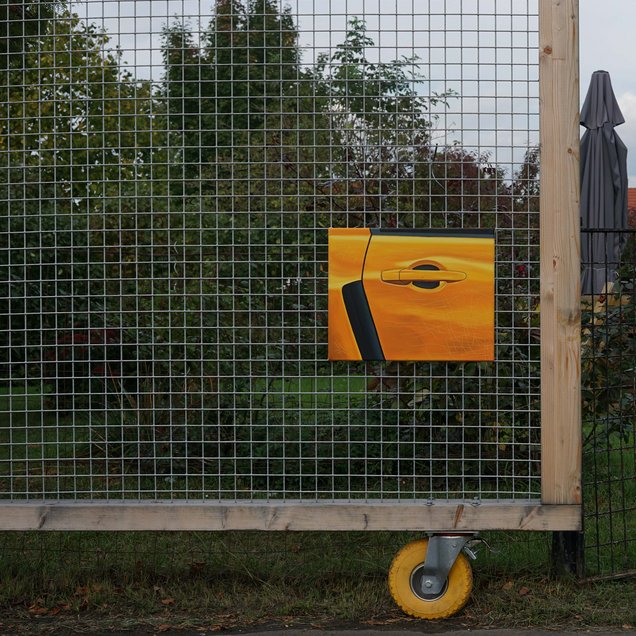
Alfred Lenz L201
Studenzen, eine ungefähr 700 Einwohner*innen zählende ehemalige Gemeinde im Bezirk Südoststeiermark, ca. 30 km östlich von Graz, liegt an der Landstraße 201, über die heute der Großteil des Berufs-und Schnellverkehrs – täglich ca. 22.000 Autos und Lkws – führt.
Unmittelbar an dieser Straße liegt auf Nr. 99 das in den 1970er-Jahren den Bedürfnissen der Familie entsprechend gebaute Heimathaus von Alfred Lenz. Ein kleines Nebengebäude, ursprünglich vom Vater, einem Kleintierzüchter, als Vogelzuchthaus errichtet, wandelte der auf dem Gebiet der Elektronik, Physik und Mechanik kenntnisreiche Künstler 2007 nach dessen Tod gemeinsam mit Christian F. Schiller zu einem Tonstudio um. An diesem Ort der experimentellen Klanggestaltung entstehen fragile, in komplexer und doch einfacher Durchstrukturiertheit kinetische Soundskulpturen, die ihn als vibrierenden, sich erweiternden Raum öffnen. Das gegenüberlie-gende, an die Garage des Hauses angeschlossene landwirtschaftliche Lagerzelt neben dem Studio errichtete Lenz 2017, um ein größeres Kunstproduktionsfeld für sich und andere zu schaffen.
Dieser sukzessiven Erweiterung des Möglichkeitsraums folgt nun das Projekt L201:
Der bislang nicht als solcher wahrgenommene Ein- und Ausfahrtsraum auf die Landstraße in der Größe von 28 m² wird zum öffentlichen Raum hin geöffnet. Das nicht Beachtete, nicht Reflektierte, Orte, die nicht einmal als unbedeutend, weil nicht gesehen oder als solche erkannt werden, Übergänge interessieren Alfred Lenz. Eine leichte, mit Rollen mobil ausgestattete, semitrans-parente dreiflügelige Struktur stellt eine Verbindung zwischen dem Innen und Außen her. Diese die Grenzen von Architektur, Design, Nutzobjekt und Kunst überschreitende und in ihrer Konstruktion möglichst reduzierte Skulptur verunklärt bewusst jede Trennung von Privatem und Öffentlichem, Kunst und Leben und befragt sie gleichzeitig. Als durchlässige Kulisse erschließt sie sich als Kunst-raum, Bühne, Theater oder Oper, fungiert als Erlebnishorizont für von Lenz eingeladene Künstler*innen aller Sparten im Dialog mit der unmittelbaren Umgebung. Alles kann für ihn immer mehreres sein, wird der Eindeutigkeit entzogen, um den Charakter des Vorläufigen und Wandelbaren als Idee des Möglichen in der ihr angedachten Vorschlagsidentität zu öffnen.
Als anthropologischer Ort, ausgezeichnet durch seine Geschichte und Identität, konfrontiert sich diese Fläche mit der Thematik des geschichtslosen Nicht-Ortes, einem Begriff, der auf Michel de Serto und Marc Augé zurückgeht, angestoßen von Michel Foucaults Definition der Heterotopien, Orten für Menschen in Extremsitu-ationen. Der hier gewählte relationale Ort mit eingeschriebener Familiengeschichte wird mittels der Neuschaffung des dynamischen Zwischenorts mit dem monofunktional genutzten Straßenraum in Verbindung gebracht.
Die seit dem 19. Jahrhundert etablierten Normen der neutralen und die Umgebung ausblendenden Kunstpräsentation in eigens eingerichteten Salons, Galerien, Museen sprengend, will Alfred Lenz Präsentationsform, Rezeption und den Kunstbegriff selbst ausloten, ausweiten. Dabei hinterfragt er nicht nur kunstimmanente, sondern auch wirtschafts- und gesellschaftspolitische Systeme.
Mit seiner Arbeit, die als Fenster durchlässig wird, als Einfassung Struktur verleiht, schafft er ein neues Gefäß, um Umgebung ihrer bisherigen Zuschreibung zu entheben, Verbindungen herzustellen, mithilfe des gesetzten Environments Teilnahme zu wecken. Es geht ihm, wie grundsätzlich in seiner Arbeit, um eine unmittelbare Verbundenheit mit allem Vorhandenen. Dabei wird die Umgebung zum Material der Kunst und als Mitakteur der gezeigten Werke involviert.
Dabei stellt das Haus und dessen Umgebung für Lenz „selbst ein Kunstwerk als reale, sich ständig verändernde Struktur an einem durch unser Gesellschaftssystem geprägten Ort“ dar.
Anstatt Umgebung auszublenden, eine Mauer zum Schutz vor Lärm und dem Geschehen im Außenraum zu errichten, geht Alfred Lenz also mit seiner Umgebung um, bezieht sie ein und öffnet damit einen weiteren Diskurs darüber, was Kunst sein, wie sie wahrgenommen und reflektiert werden kann. So werden auch in diesem Projekt sowohl inhaltliche als auch technische und ausführungserweiternde Querschnittsmaterien ausgelotet und erschlossen, vorhandene Strukturen befragt sowie aktuelle Fragen gemeinsamen oder differenzierten Bewusstseins des Zusammenlebens und gesellschaftlicher Relevanz künstlerisch auf mehreren vielschichtigen Ebenen aufgeworfen.
Text von Elisabeth Fiedler, 2021
Alfred Lenz L201
Studenzen, a former community of around 700 inhabitants in the district of Southeast Styria, approximately 30 km east of Graz, is located along Landstrasse 201 (State Road 201), which today carries the majority of commuter and express traffic—around 22,000 cars and trucks every day.
Directly on this road at No. 99 stands Alfred Lenz’s home, which was built in the 1970s to meet the needs of the family. Knowledgeable in the fields of electronics, physics and mechanics, the artist, together with Christian F. Schiller, converted a small outbuilding—originally erected by his father, an animal breeder, as a bird breeding house—into a recording studio in 2007 after his death. At this experimental sound design site, fragile, kinetic sound sculptures, thoroughly structured in a complex, yet simple manner, emerge, making it a vibrating, expanding space. Lenz set up the agricultural storage tent opposite the house next to the studio in 2017 to create a larger art production area for himself and others.
This successive expansion of the space of possibilities is now followed by the L201 project:
Previously not perceived as such, the 28 m²-large entrance and exit area onto the State Road will be opened towards
the public space. Alfred Lenz is interested in transitions that remain unnoticed, or unreflected, places not even regarded as insignificant, since they are not seen or recognized as such. A light, semi-transparent, three-wing structure fitted with rollers creates a connection between the inside and the outside. Transcending the boundaries of architecture, design, utility and art, and as reduced as possible in its construction, this sculpture deliberately obscures any separation of the private and public realm, of art and life, and questions them at the same time. As a permeable backdrop, it becomes accessible as an art space, stage, theater or opera, acts as an experiential horizon for artists from all disciplines invited by Lenz in dialogue with the immediate surroundings. Every object can always be several things for him, stripped of unambiguity, to open the character of the provisional and transformable as a notion of the possible in the proposed identity envisaged in it.
As an anthropological location, distinguished by its history and identity, this area confronts the theme of the ahistorical non-place, a term that goes back to Michel de Serto and Marc Augé, initiated by Michel Foucault’s definition of heterotopias, places for people in extreme situations. The relational place with an inscribed family history chosen here is brought into connection with the monofunctionally used street space by newly creating the dynamic intermediate place.
Breaking the norms of neutral art presentation established since the 19 th century in specially furnished salons, galleries and museums, Alfred Lenz himself wants to explore and expand the form of presentation, reception and the concept of art. In doing so, he questions not only systems inherent in art, but also economic and socio-political systems.
For Lenz, the house and its surroundings represent “a work of art itself as a real, constantly changing structure in a place shaped by our social system.”
Instead of fading out the surroundings, erecting a wall to protect against noise and what is happening outside, Alfred Lenz deals with his environs, incorporates them and thus opens a further discourse about what art can be, how it can be perceived and reflected. In this project, content-related, technical and implementation-expanding cross-sectional materials are explored and developed, existing structures are challenged and current questions of common or differentiated awareness of coexistence and social relevance are artistically raised on several multilayered levels.

